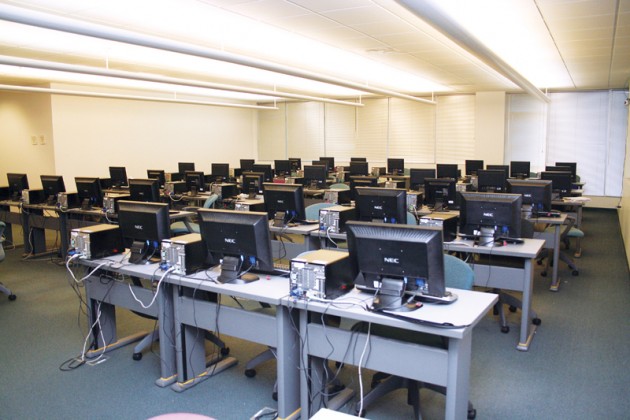USF reviews proposals for tech fee spending

After adding a technology fee to students’ tuition, the University is trying to decide how the revenue will be spent.
Students, faculty and campus organizations offered proposals for ways in which the money from the fee should be spent.
Michael Pearce, system vice president of Information Technology, said 60 proposals have been received since the beginning of spring.
“What we have done is taken the technology fee and set up three advisory groups for the University,” he said.
The three groups are the Student Technology Advisory Council (STAC), Chief Information Officers Standards Board and the Information Technology Management Council.
“These three groups looked at the proposals independently and developed what they considered guiding principles,” Pearce said.
Pearce said the STAC, made up of students from all USF campuses, was among the first to look at and make recommendations on the different proposals.
Some of the criteria used when making recommendations on prioritizing the proposals included the perceived value on enhancement of access, the alignment with USF’s Strategic Plan and the impact on students.
Pearce said that the groups each had their own ideas of what needed to be improved, but all three were complementary of each other.
All the proposals were good, he said, but the problem was determining how to divide the money.
Pearce said the three groups had five key areas of focus: the expansion of infrastructure wireless throughout the system, enhancing streaming media with things like classroom capture, network improvements to eliminate points of failure, reducing the number of log-ins and passwords, and making applications and desktop virtualization more available.
During Student Government elections in the spring, the ballot included a section for students to vote on what they would like the technology fee to accomplish.
Students voted to allot the technology fee money for classroom-capture technology, which would allow students to access video footage of lectures online.
The USF Board of Trustees approved the fee in December 2008.
The fee’s purpose is to enhance student learning, said Pearce.
Five percent of student tuition is used to fund the technology fee. The University will begin drawing that money in the fall.
Students receiving financial aid will have to pay the fee out of pocket. Pearce said the University expects to generate about $6.5 million next year from the fee.
“About $1.6 million will be held back into reserve for projects that come up over the semester,” he said. “We are going to have multiple rounds of funding and proposals coming in later on.”
Once the groups decide where the money is going to be sent, the collected project ideas will be brought before the executive management council of the University for the final decision, Pearce said, but there’s no guarantee that the student suggestions will be funded.
“This has been the first time that we have been through this and it’s important that this process be very transparent and open to everyone,” Pearce said. “I feel that the students should have a say in what they spend their money on.”
Not all students are happy about the technology fee.
Laura Kidd, a junior majoring in biology, said the school doesn’t need to spend lots of money to improve things that are already fine.
“I personally don’t think that campus needs any more technology,” she said. “I think we should find ways in which we can improve campus.”
Students and faculty can check the Information Technology Web site at it.usf.edu for updates or to submit a proposal idea.






